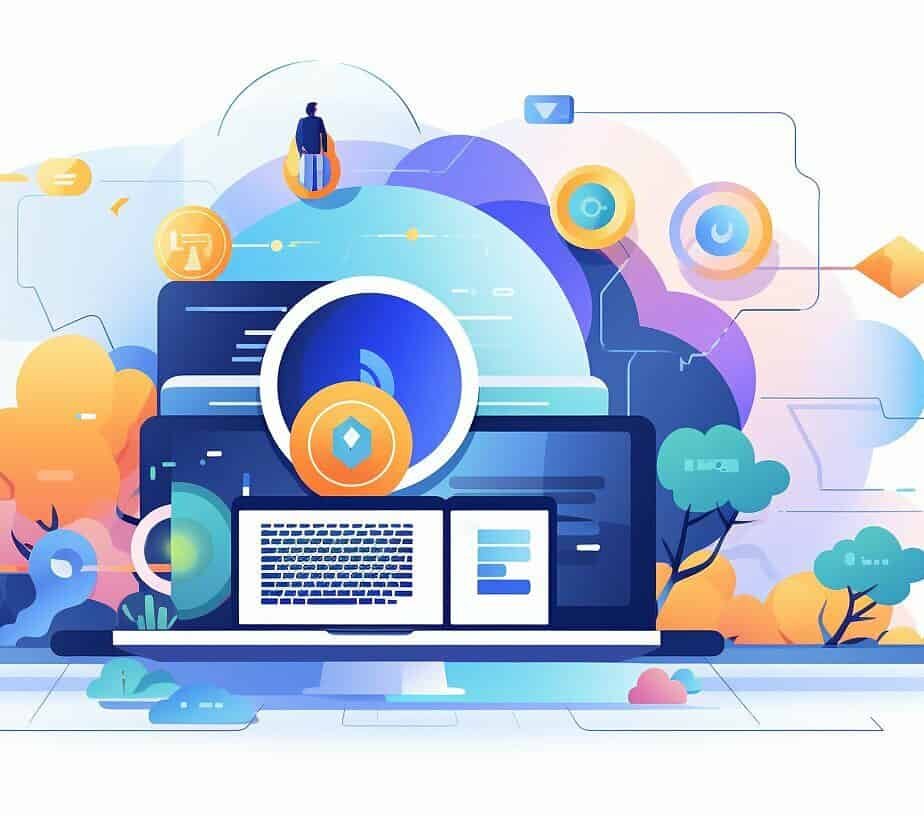How to Automate Workflows with No-Code Software is a game-changer for businesses and individuals alike. As the digital landscape evolves, the demand for efficiency becomes paramount, and using no-code solutions is a smart way to streamline processes without the need for extensive coding knowledge. This approach not only saves time and resources but also opens up a world of possibilities for those looking to enhance productivity and innovation.
No-code software allows users to create automated workflows that can handle various tasks, from data entry to customer relationship management. By leveraging intuitive interfaces and drag-and-drop functionalities, anyone can build complex systems that connect different applications and services. This empowers teams to focus on strategic initiatives rather than getting bogged down by repetitive tasks.

Technology has always been at the heart of human civilization, driving progress and shaping societies. From the invention of simple tools to the development of artificial intelligence (AI), the journey of technology is a fascinating tale of innovation, adaptation, and transformation. This article explores the evolution of technology, highlighting key milestones and their impact on our lives.
1. The Dawn of Technology
Ancient Innovations
The story of technology begins with the earliest human civilizations. The invention of the wheel around 3500 BC marked a significant turning point, enabling more efficient transportation and trade. This simple yet revolutionary tool laid the groundwork for future innovations.
Following the wheel, ancient societies developed various technologies that facilitated agriculture, communication, and construction. The plow, for instance, transformed farming practices, allowing for increased food production. Likewise, the printing press invented in the 15th century by Johannes Gutenberg revolutionized the dissemination of information, making books accessible to the masses and sparking the Renaissance.
2. The Industrial Revolution
A Technological Leap
The 18th and 19th centuries witnessed the Industrial Revolution, a period characterized by a rapid shift from agrarian economies to industrialized ones. Key inventions such as the steam engine and spinning jenny significantly boosted production and efficiency.
This era also saw the rise of factories, which changed the labor landscape. Workers flocked to cities in search of jobs, leading to urbanization and the development of modern economies. However, this shift was not without challenges, including poor working conditions and environmental degradation, prompting the need for labor reforms.
3. The Age of Electronics
Transforming Communication
The 20th century introduced a wave of electronic technologies that transformed daily life. The invention of the telephone by Alexander Graham Bell in the late 19th century paved the way for instant communication, shrinking the world significantly.
Subsequently, the development of the radio and television revolutionized mass communication, allowing information and entertainment to reach vast audiences. These technologies played crucial roles during significant events, such as World War II, where radio broadcasts kept nations informed and connected.
4. The Digital Revolution
The Rise of Computers
The late 20th century ushered in the digital revolution, marked by the advent of computers and the internet. The first electronic computers emerged in the 1940s and 1950s, initially serving military and scientific purposes. However, as technology advanced, personal computers became commonplace, changing how we work, learn, and communicate.
The introduction of the internet in the 1990s was a monumental event, connecting people globally and providing access to a wealth of information. The World Wide Web made it possible to share knowledge, conduct business, and socialize online, leading to the rise of e-commerce and social media.
5. The Mobile Revolution
Connectivity at Our Fingertips
The proliferation of smartphones in the 21st century transformed how we interact with technology. Mobile devices put the power of the internet in our pockets, allowing us to stay connected and informed on the go. Applications for various purposes, from social networking to navigation and banking, have become integral to our daily routines.
This mobile revolution has also impacted industries, with businesses adapting to a mobile-first approach. Companies now prioritize mobile-friendly websites and apps to cater to consumers who prefer shopping and interacting with brands through their smartphones.
6. The Rise of Artificial Intelligence
A New Era
As we entered the 2020s, artificial intelligence emerged as one of the most transformative forces in technology. AI systems, capable of learning from data and performing tasks that typically require human intelligence, have become increasingly prevalent in various sectors, including healthcare, finance, and transportation.
Machine learning algorithms analyze vast amounts of data to uncover patterns and insights, enabling businesses to make data-driven decisions. AI-powered chatbots and virtual assistants have streamlined customer service, providing instant support and enhancing user experiences.
7. The Future of Technology
What Lies Ahead?
Looking forward, the future of technology promises even more exciting developments. The integration of AI with other emerging technologies, such as the Internet of Things (IoT) and blockchain, is likely to reshape industries further. Smart homes, autonomous vehicles, and personalized healthcare solutions are just a glimpse of what the future holds.
However, with these advancements come challenges, such as data privacy concerns, ethical considerations, and the need for regulations to ensure responsible AI usage. As technology continues to evolve, it is crucial for society to address these challenges and harness the potential of innovation for the greater good.
Conclusion: Embracing Change and Innovation: How To Automate Workflows With No-Code Software
The evolution of technology is a testament to human ingenuity and adaptability. From the wheel to AI, each milestone has significantly impacted our lives, shaping the world we live in today. As we embrace the future, it is essential to remain open to change, fostering a culture of innovation that prioritizes ethical considerations and societal well-being.
In the grand narrative of human history, technology will undoubtedly continue to play a pivotal role, driving us toward new horizons and possibilities. As we navigate this ever-changing landscape, let us celebrate the advancements that enrich our lives while remaining mindful of the challenges that accompany them.



